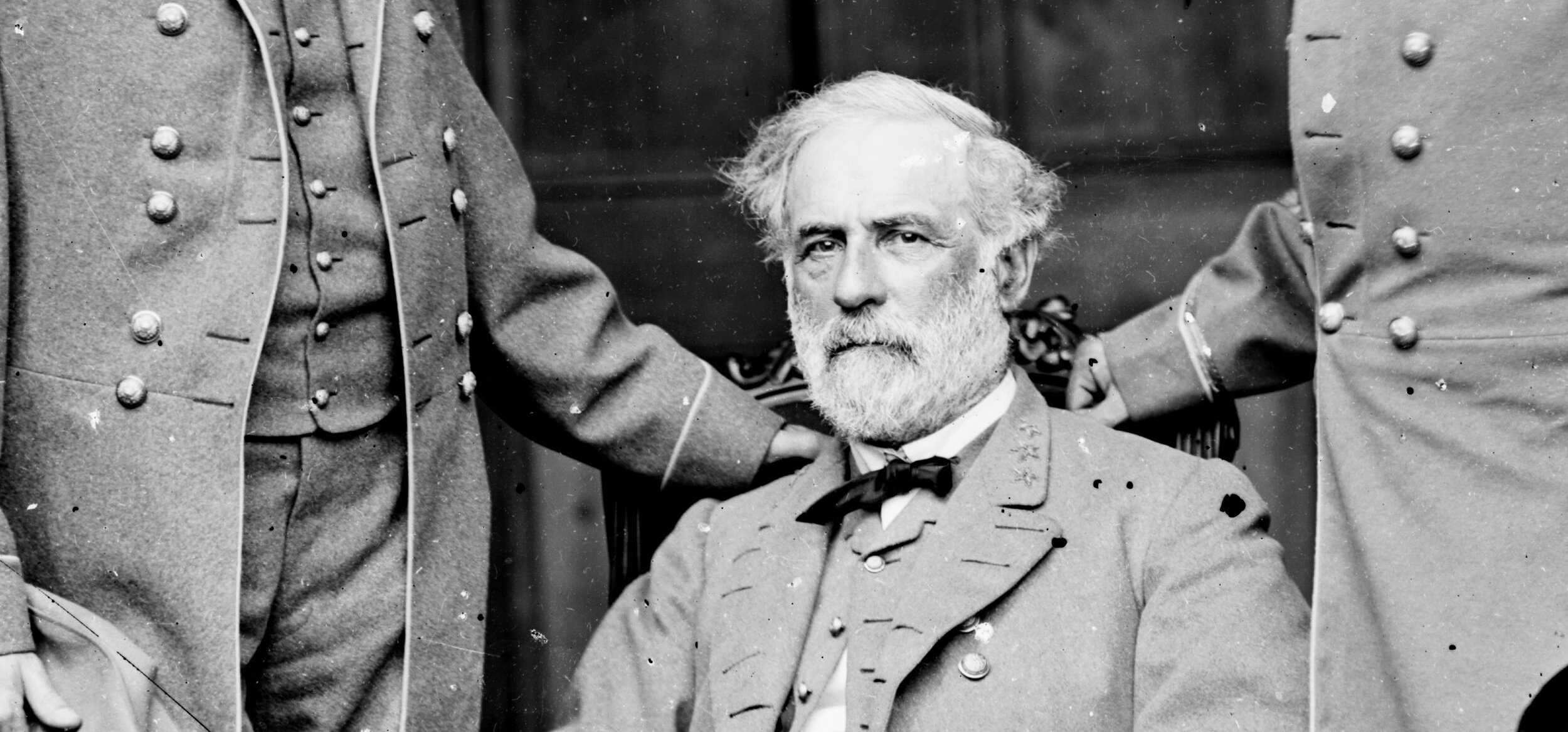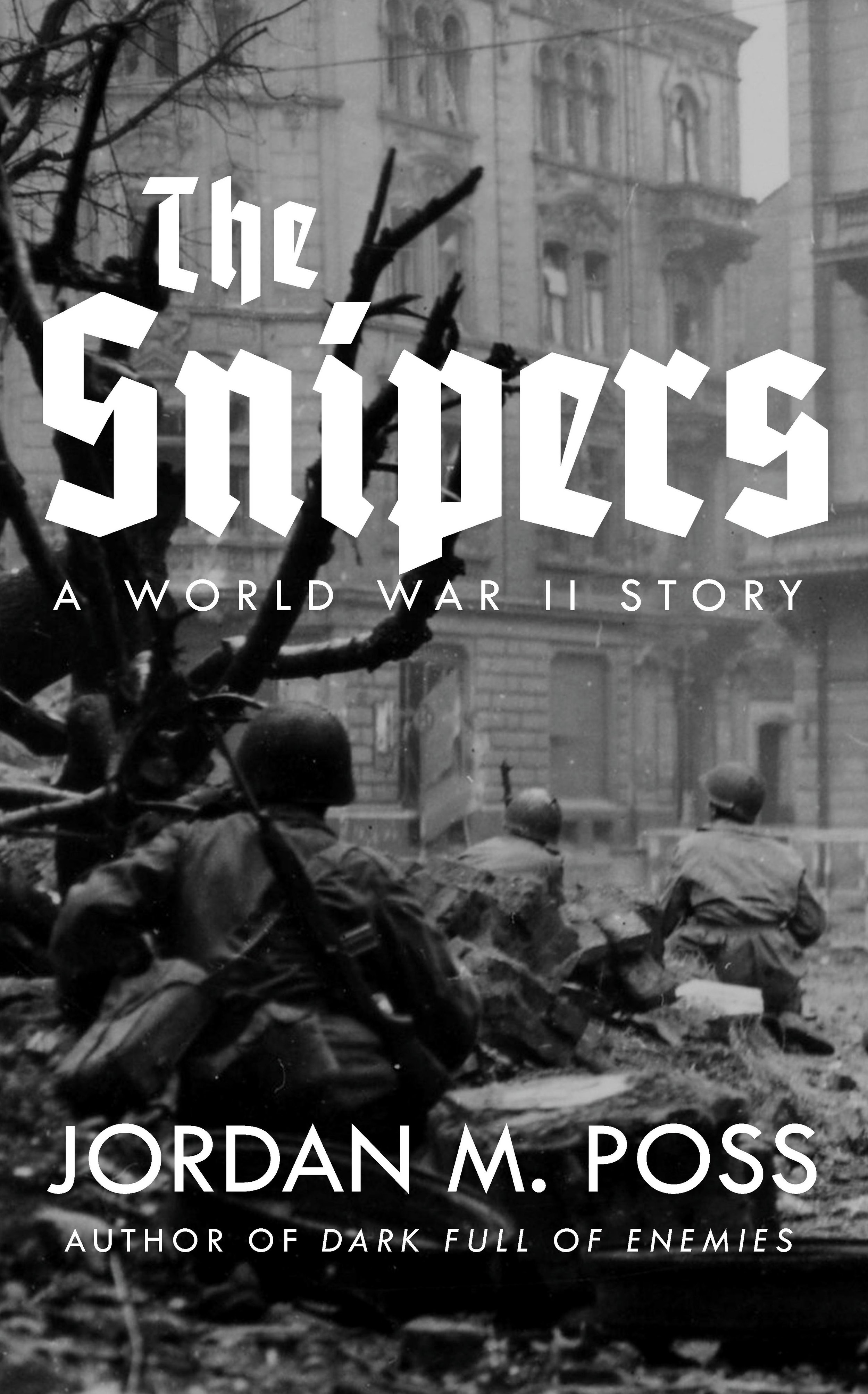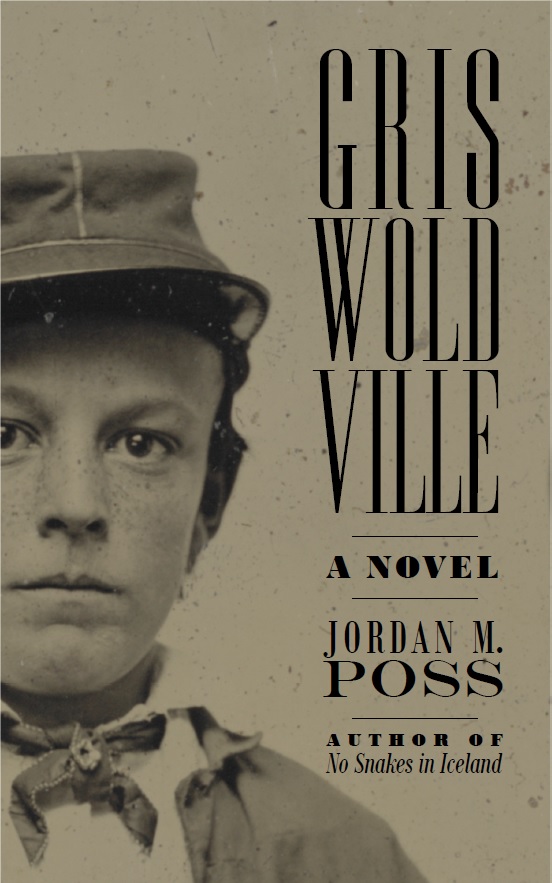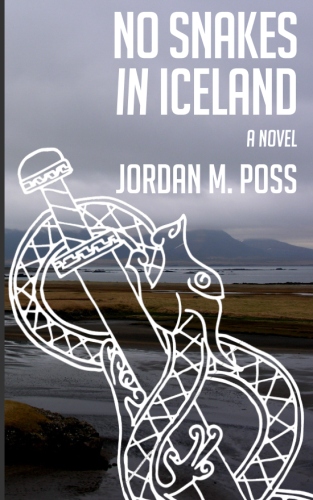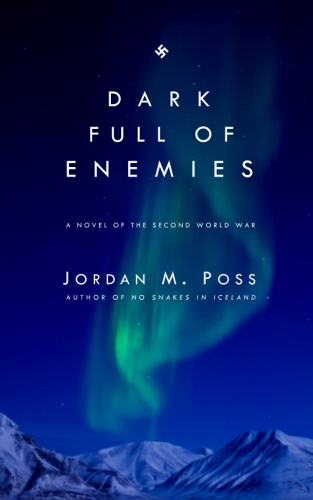Guelzo spends a good amount of time on Lee’s youth, education, and early military career. Following his graduation from West Point, Lee spent decades as an army engineer, working on east coast fortifications like Fort Pulaski and Fortress Monroe or western “improvements,” like a project to redirect the Mississippi in order to prevent the port of St Louis from silting up. A chapter on Lee’s performance in the Mexican War, in which he began as an engineer on the staff of General Winfield Scott but ended up as Scott’s favored reconnaissance officer and military protégé, is especially good, as Guelzo notes what Lee learned by example from the United States’s shameful perfidy toward Mexico and Scott’s high-minded and idealistically honorable conduct of the war.
These chapters, covering approximately the first two hundred pages, are well spent and give proper proportion to the Lee’s life before the Civil War. Throughout, Guelzo takes careful note of Lee’s uprightness and strength of character—already remarked upon in his teens and twenties—and his gravitation toward older male mentors, a series of army officers culminating in General Winfield Scott. He marks also Lee’s constant fretting about money despite being, by the standards of the time, apparently well situated; his marriage and family life (which can easily go missing in military biographies); and even the development of his religious beliefs, which began as what Guelzo characterizes as a noncommittal “genteel low church Episcopalianism” that gradually, especially during the war years, grew more open and more fervent.
Guelzo also carefully examines Lee’s political ideas—what there are of them—an inherited Federalist sentiment that evolved toward a preference for the anti-populist, anti-Jacksonian Whigs over the Democrats. But, most importantly, Guelzo notes Lee’s early apolitical stance, a stance maintained with greater and greater tenacity as political strife became more and more difficult to avoid.
Crucially, Guelzo brings the reader into the first great test of Lee’s resolve on all of his goals—personal independence, care for family, financial stability. This is the death of his father-in-law, George Washington Parke Custis, a gregarious dabbler and, as lord of Arlington plantation in Alexandria, one of the largest slaveowners in northern Virginia. When Custis died in 1857, he left behind a poorly managed and run-down estate and seemingly impossible provisions in his will—generous legacies for his grandchildren, the payment of his many creditors, and the manumission of the Custis slaves within five years—and named Lee as executor. Seeing the provisions of the will carried out to the letter consumed Lee’s life into the early years of the Civil War and still caused problems in the years afterward.
When the crisis of the Union comes, Guelzo gives a thorough and detailed examination of Lee’s competing instincts and loyalties—the will to avoid politics, his loathing of slavery and secessionism, his fear of the federal government’s use of force against other Americans, and his loyalty to family and, by extension, home state. He also lays out, before, during, and after the war, the legal difficulties involved in the Constitution’s ambiguous (and, I would argue, factitious) definition of treason. (A reviewer at National Review also notes that, at the time, the oath sworn by army officers was written with “United States” grammatically plural and was only changed because of the Civil War. Guelzo includes the text of the oath but does not draw attention to this.)
The chapters on the Civil War proper, what I imagine a lot of people will read the book for, are excellent. I may not agree with all of Guelzo’s perspectives on the fighting or the personalities involved, but this offers an engaging—even exciting and moving—and authoritative tour of the conflict through Lee’s involvement as commander of the Army of Northern Virginia. Throughout, Guelzo never loses sight of Lee the man, and keeps the reader abreast not only of the campaigns but of Lee’s personal life. Lee lost not only the property bequeathed to his children during the war, but a daughter and a grandson, and one of his sons was captured and threatened with hanging by his Union captors. He also had at least two heart attacks.
The final chapters follow Lee’s postwar years as president of Washington College in Lexington. Here Guelzo gives much more thorough coverage than is typical of Lee biographies, and this attention is welcome. Much more than a famous name or a figurehead, Lee oversaw a revival and expansion of the college that helped it survive the lean years following the war.
Perhaps the highest praise I can give the book is to note my hesitation to read the final few chapters. When one reads a biography one knows the end must come, but as I sensed its approach in the onward march of Reconstruction and Lee’s steeply declining health, I read with trepidation. Guelzo’s description of Lee’s death, coming at the end of this involving and intimately personal look at the man, moved me deeply.
The value
Guelzo, despite his openly stated bias in favor of a nationalist vision of a divinely ordained and indivisible Union—a bias and vision I don’t share—does a great deal to help Lee’s reputation in this hostile age. He brings an intellectual honesty to much of his account that pokes holes in a lot of simplistic versions of Lee and simply debunks others.
He demonstrates, for example, that Lee’s regard for slavery as an “evil” was not mere rhetoric. Did Lee benefit from slavery? Yes—who didn’t in that age? Did Lee have modern attitudes toward race? No—who did in that age? Guelzo does not conceal these facts, but he also points out where Lee was exceptional in this regard. The only slaves Lee ever personally owned were a single family inherited from his mother, a family whom he liberated when he didn’t have to. He worked especially hard to see to it that all of his father-in-laws’ slaves were freed by the stipulated deadline—again, as Guelzo points out, at great inconvenience to himself and despite the chaotic early years of the war, the occupation of Arlington by the Union army, and the ready availability of Confederate judges who could have voided that provision of the will. Guelzo also shows how, after the war, Lee used his position as president of Washington College to prevent racial violence in Lexington, handing out harsh penalties or outright dismissals from the college to students who assaulted or antagonized freedmen.
Militarily, Guelzo also has insightful critiques and reassessments of Lee’s capabilities as a general. While a commonly repeated consensus is that Lee was a master tactician but a poor strategist, Guelzo makes a very good case for the accuracy of Lee’s strategic vision, that Lee understood early that the war would have to be won quickly, and virtually within sight of Washington, DC, in order to prevent the triumph of the Union through sheer scale and manpower. This was a refreshing and interesting perspective.
Guelzo also, in the book’s complex and challenging epilogue, deflates the commonly repeated cliché that Confederate monuments were put up as subtle semiotic violence toward African Americans, using the Lee monument in Charlottesville as an example. By the time Guelzo reaches latter day conflicts, the comparison with the life so meticulously laid out in the preceding 400 pages renders the present appropriately small, tawdry, and depressing. Guelzo also pushes back against some of the more unfair misrepresentations of Lee’s character popularized by Thomas Connelly in his 1977 book The Marble Man.
Overall, the portrait Guelzo presents the reader is of Lee as a flawed but good and principled man burdened with impossible personal standards, a man characterized more often than not by frustration—with the army, with newspapers, with the US government, with the Confederate government, with the slaves of his father-in-law’s plantation, with Arlington itself, the apple of his homebody wife’s eye—and a man who, from his return from Mexico onward, was deeply unhappy. I would dispute some of this. Guelzo gives us some glimpses of the deep affection Lee felt for his children, his charm and gentility toward women generally, and his sense of humor and fun, but these dimensions of his personality are often missing.
This may not be a complete portrait of the man, but it is a good portrait.
Quibbles
Nevertheless, I have quibbles, mostly relating to places where Guelzo betrays his bias. I want to point out three, with examples, so pardon the length. If you’re not here for the long haul, you can jump straight to my conclusion below. Otherwise, look at these three narrative tics and notice how they overlap.
The first is simply stylistic, relating to how Guelzo incorporates quotations, especially from letters and other primary sources, and what in fiction are called “dialogue tags.” Here are a few samples:
But [a steamboat] could carry many times the commercial load of the rafts and barges, and unlike the flatboats and keelboats it could turn around and breast the Mississippi’s current for a trip upstream, making possible a complete circuit of the entire river highway between New Orleans and Pittsburgh. “What a prospect of commerce is held out to the immense regions of the west, by the use of these boats!” drooled Niles’ Weekly Register (67).
“The rumor which has reached me of this distressing event, I could not before credit, nor can I even now realize its truth,” Lee wailed in a letter to Gratiot on December 23 (74).
The first was President Polk’s political jealousy of General Zachary Taylor, whose modest victories were already “giving great uneasiness to the administration” and leading to discussions about a presidential bid by the old planter-general. “These officers are all Whigs and violent partisans,” Polk spluttered (89).
I don’t think there’s much in these quotations to warrant the verbs drool, wail, or splutter. These are the wildest examples, but throughout—and clustering noticeably in the two early chapters I pulled these from—Guelzo overdoes it with these tags. It’s distracting and sometimes comical, and while I don’t think Guelzo intended this, but they also carry a faint air of derision wherever they appear.
Similarly, Guelzo occasionally editorializes in the middle of his narrative, often with a “it never seems to have occurred to him,” a tic I noticed early on, as here:
“I seem to think that Said opportunity is to drop in my lap like a ripe pear,” he admitted. Nevertheless, he persisted in believing that it was “remarkable that a man of my Standing should not have been Sought after by all these Companies for internal improvement.” It seems never to have occurred to Lee to go looking for those companies and opportunities on his own, or that the coastal engineering projects that had consumed his career thus far were of little interest to the infinitely more lucrative inland projects of railroads, real estate, and bridges (73).
Even Rob, at ten years old, remembered that Lee made a fetish of being “punctual” and on Sunday mornings would “appear some minutes before the rest of us,” ready to proceed to the academy chapel, and “rallying my mother for being late, and for forgetting something at the last moment.” If [Mary Lee] strained his patience, “he was off and would march along to church himself, or with any of the children who were ready.” (It never occurred to her husband that Mary Lee’s slowness might be due to some other cause than forgetfulness.) (132)
“These people [the Union army] delight to destroy the weak, and those who can make no defence,” Lee fumed, as if the wounds of Arlington and White House had been reopened by the destruction of Fredericksburg; it never occurred to him that Fredericksburg’s enslaved population might look on the arrival of the Union Army in a very different light (274).
There were other issues, too, that fueled [Lee’s] bitterness over Union conduct, which seemed to diverge so wantonly and destructively from the scrupulous pattern Winfield Scott had set long ago in Mexico. (It never seems to have occurred to him that the barbarities of slavery were worth weighing in the balance, or that those barbarities and the men who excused them were precisely what he was, objectively, protecting.) (310)
Again there is that faint whiff of derision or scorn. Some of this Guelzo just can’t know (about which more below), and some of it represents an abandonment of his quest to understand the man. The latter two examples are especially frustrating, as Guelzo otherwise devotes so much time and effort to exploring and explaining Lee’s negative view of slavery, his rigorous soldierly avoidance of political questions, and his scrupulous attempts to uphold honorable and civilized standards of warfare. But here, instead of trying to integrate all of this understanding and interpret these events or passages in light of it, he simply gives up in favor of hectoring Lee for failing to be Allen Guelzo.
Finally, there’s not much of it, but there is, crucially, more psychologizing than I prefer in a historical work. Two examples:
Mary herself maintained an informal Sunday school at Arlington for slave children, teaching them (in quiet violation of Virginia law but mostly to satisfy her own sense of a white woman’s obligation to lesser beings) to read in “a little school house” in the woods (145).
Again, how can Guelzo possibly know this? Is obligation utterly incompatible with a sincere desire to help? Is this not a species of what modern people rather cheaply call “giving back”? And this comes in the same paragraph as a description of Lee purchasing Mary a lifetime membership in the American Colonization Society and paying the way for manumitted slaves to migrate to Liberia at his own expense.
Then there’s Guelzo’s handling of the notorious Norris incident, in which three of Mary’s father’s slaves, including a man named Wesley Norris, ran away from Arlington, were returned, and whipped. A lurid denunciation of Lee, as the executor of his late father-in-law’s will, appeared shortly afterward in Horace Greeley’s anti-slavery New-York Tribune and, after the war, when Radical Republicans were looking for excuses to prosecute or hang ex-Confederates, a yet more elaborate version appeared in an explicitly abolitionist newspaper. My point here is that our sources for these details had plenty of motivation to exaggerate or fabricate. (Arlington’s official account of this incident, appropriately cautious, hedges its bets, concluding on a note invoking what one might call “emotional truth.”)
While Guelzo accepts more of the story than I tend to (I’m disinclined to think it’s a complete fabrication, but that’s a debate about historiography and sources for another time), he follows his account with this:
A week later [after the appearance of the Tribune story], he wrote to Custis Lee . . . wondering whether “you have been told that George Wesly and Mary Norris absconded some months ago, were captured in Maryland, making their way to Pennsylvania, brought back, and are now hired out in lower Virginia.” He said nothing about the whipping, except to acknowledge that “the N.Y. Tribune has attacked me for my treatment of your grandfather’s slaves.” He added, cryptically, “I shall not reply.”
But he could not bring himself actually to deny that he had done what the Tribune described, and it is difficult to avoid the conclusion that when his fury had cooled, he was sickened at himself, as much for the damage done to his own self-image as for the cruelty inflicted on the three fugitives. In that moment, he had reverted to Light Horse Harry, spiking a deserter’s head on a pole (157-8).
This is a lot to read into Lee’s refusal to write a rebuttal to a hostile newspaper, and even gets into the cheap father complex stuff that mars a more popular-level biography like Roy Blount Jr’s. This bit of psychological speculation—because it is, after all, only speculation—is especially egregious since Guelzo notes many other instances in which Lee, protective of his and his family’s honor and cognizant of how degrading political debate and newspaper mudslinging could be, refused to descend to the level of his critics—both north and South, and before, during, and after the Civil War. Even today Southerners of a certain background are raised neither to answer nor even acknowledge unfair criticism, an ideal that, as in Lee’s lifetime, is becoming harder and harder to live out. In cases like these it appears—it never occurs to him?—that Guelzo is simply unwilling to or incapable of fully understanding his subjects or allowing their actions to speak for themselves.
Or perhaps it’s simply his bias again. Just a few too many times Guelzo gives in to an impulse to hold Lee at arm’s length and superficially critique him, forgetting for a moment some of his own carefully researched insight into the man. Though he capably unpacks many of the factors that made Lee into the man he was, most especially the lifelong negative example of Lee’s own father, Guelzo never entirely overcomes cultural blindspots like this, and his picture of Lee, though strong, deeply researched, and mostly fair, never completely coheres.
Imperfections—precisely what Lee dreaded.
Nevertheless
If I have dwelt at length on these flaws—which are more nagging interpretive tics suggestive of an underlying unwillingness to comprehend than narrative-wrecking errors—it’s because Guelzo’s book is otherwise so good. Guelzo’s standards of research are extraordinary, his coverage is meticulous, his account is fair and openminded toward Lee most of the time, and his writing is excellent. I finished the 430+ page body of the work in just over a week, and not only because of my interest in the subject.
And most importantly, Guelzo’s commitment to research and to finding the human being underneath the partisan versions of Lee helps puncture a number of useful misconceptions—or outright fictions. And this in spite of a bias that can lead Guelzo to clearly lay out Lee’s understanding of his own situation, the ambiguity and uncertainty of his position, and his reasons for resigning from the US Army and going with Virginia—which had not yet seceded at the time of his resignation—and still write in the book’s conclusion what amounts to a “Meh—treason.” Again, that clearly stated bias. Nevertheless, this is the fairest shake I expect Lee to get anytime soon.
But in a way, despite the nagging issues I’ve examined, Guelzo’s bias—honestly admitted from the get-go—may prove to be a strength. This book, coming from this author with this perspective but still striving both to understand and to make Lee comprehensible, may get a hearing older biographies by previous biographers would not. And an attempt at an honest account, one that seeks however imperfectly to explain Lee on his own terms, is welcome in this day and age.
My recurring thought over the history, monument, and naming debates of the last several years has been Go read a book. For those honest and openminded enough to do so, Guelzo’s Robert E Lee: A Life may be the right book at the right time.
More if you’re interested
In the epilogue, Guelzo graciously refers to Emory Thomas’s biography of Lee as “the best and most balanced of any single-volume Lee biography,” and I think I agree. I recommend it. I also recommend William C Davis’s Crucible of Command, which is a dual biography of Lee and his opposite number, Grant. It’s one of the best books I’ve read on either man or the Civil War generally. Guelzo is mildly dismissive of Douglas Southall Freeman, author of the Pulitzer Prize-winning four-volume RE Lee, but Freeman’s research is still unparalleled and his perspective less “worshipful” than it is often accused of. (Ironically, Freeman was praised at the time for presenting a realistic and human portrait of a man long “viewed by [other] biographers through the rose-tinted glasses of romance.”) The one-volume abridgement Lee is still worth reading.
If you’re pressed for time, some good essays (a couple of which I recommended before, in a post for the sesquicentennial of Lee’s death a year ago today):
from just before the release of Guelzo’s book, the review mentioned above at NR Online;
from back in the spring, Christopher Caldwell’s “There Goes Robert E Lee,” a long-form engagement with his life, legend, and modern recriminations;
from April, art and architecture critic Catesby Leigh on the controversy surrounding Monument Avenue in Richmond;
from last year, Helen Andrews’s “A Lesson from Robert E Lee,” which strikingly compares Lee with Charles Sumner, a man more superficially suited to modern mores;
from 1948, Richard Weaver’s “Lee the Philosopher,” which examines some of Lee’s gnomic one-liners;
and Guelzo’s own “The Mystery of Robert E Lee,” which looks at some of the complications and contradictions of the man.
And several of y’all sent me a link to theologian Kevin DeYoung’s interview with Guelzo, which is a good one-hour introduction to the topic with, again, Guelzo being quite upfront about his biases.












